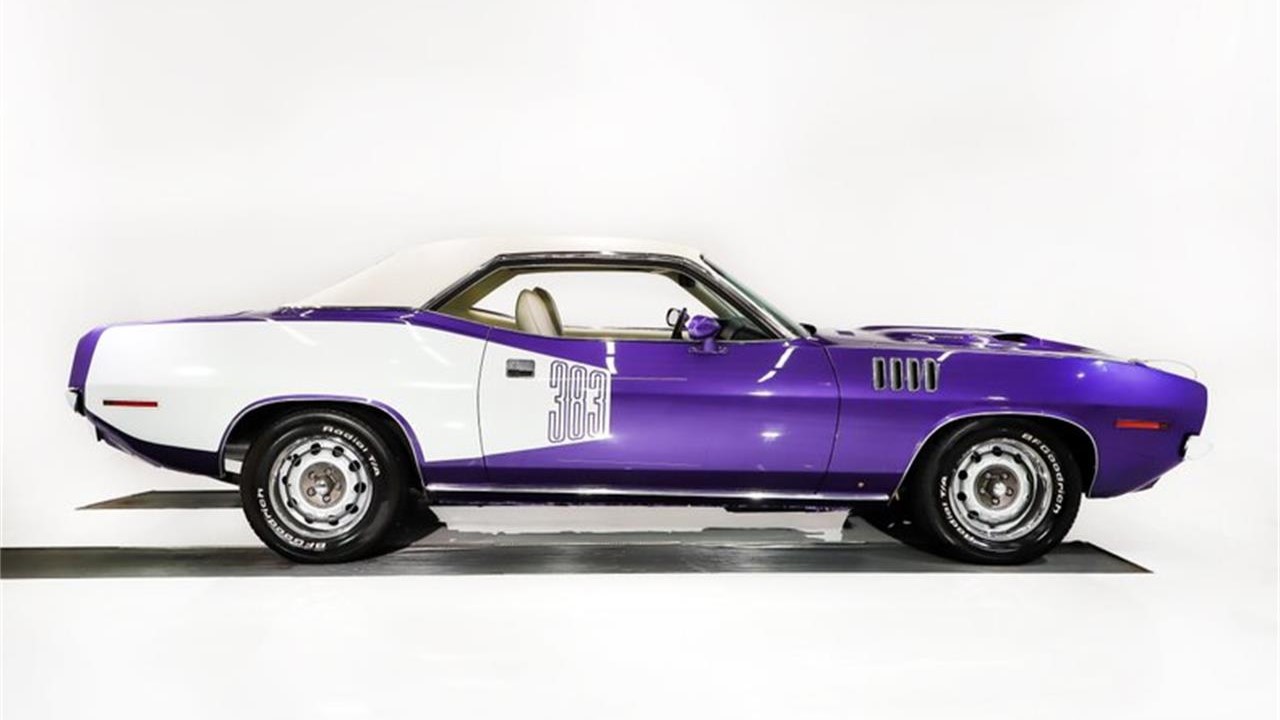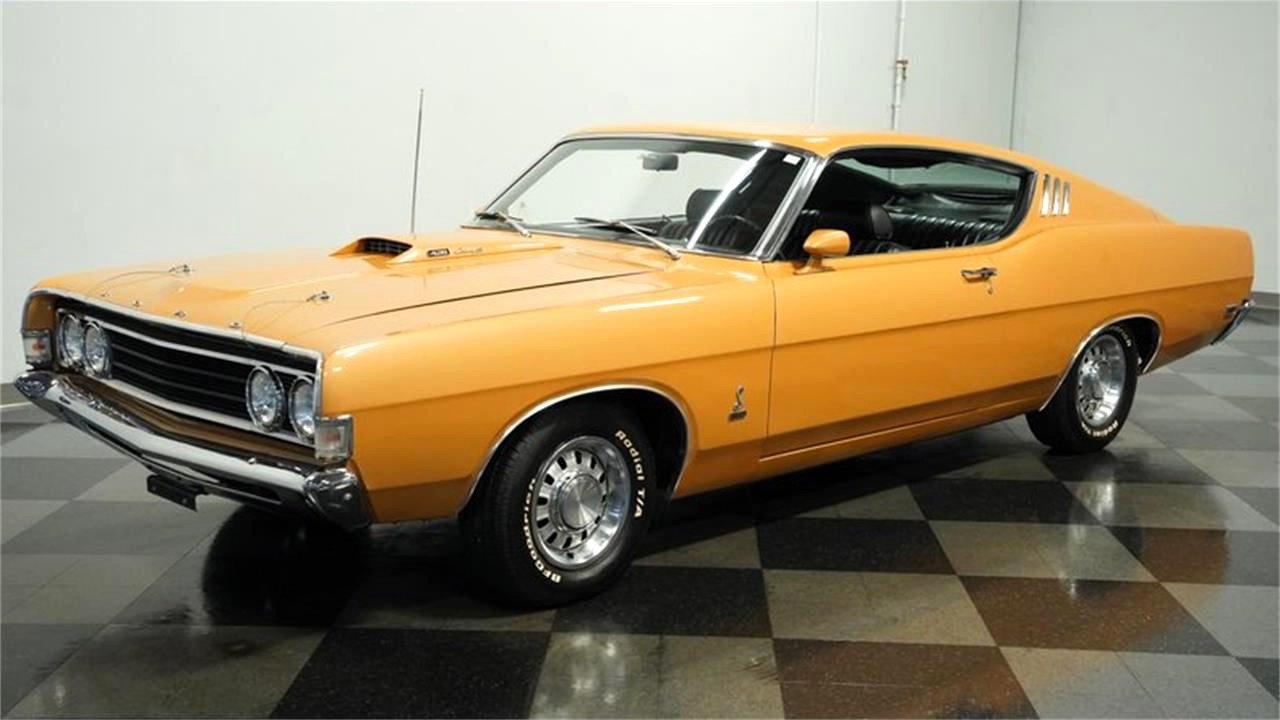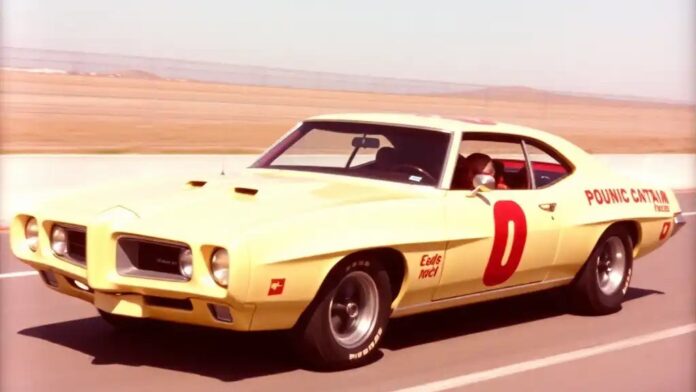It’s still the Wild West with the Internet. It’s like Snake Oil has come into fashion again and we’re faced with a barrage of empty promises when flipping through social media.
It’s the same with online content. For any topic, you have good and bad actors, and that certainly stands true for automotive topics. The proliferation of social media over the past 20 years has presented the opportunity to exploit you, me, and/or the almighty dollar in the name of online hits. It makes it difficult to find quality content because few sites (and by this, we mean Facebook, Instagram, etc. in addition to regular websites) truly strive to educate, discuss, and separate the facts from fiction.
Now we have AI. The tools that are being prepared for us have very strong positive and negative implications, both trickling down into the public sphere as companies compete to perfect their AI so one can truly be the King of Artificial Intelligence.
We at The ClassicCars.com Journal have to deal with this every day. Each of our writers produce several articles of content daily, so we have to learn to be savvy about which resources are legitimate and which ones are suspect. However, not everyone has the acumen to figure this out, leading to an expansion of bad information that often seems to rise to the top. As such, we have developed a game (sorry, no prizes or fame—you’ve been lied to, but you’re used to it by now, right?) in which you read a passage and see if you can determine whether it came from AI or a website. Will you be able to determine which is which? Good luck!

Article 1
The 1963 [Pontiac LeMans] offered the Trophy 4 and a 326-cubic-inch V8 as engine options. The Trophy 4 retained the horsepower once more, while the V8 boasted 260 horsepower. Pontiac would introduce a four-barrel High Output version of the motor rated at 355 horsepower later that model year.
Article 2
The 1969 Ford Cobra was a muscle car built as a performance-oriented model, specifically the 2-door sportroof, and known for its 428-cubic-inch V-8 engine. It was essentially Ford’s answer to the Plymouth Road Runner, offering a no-frills, affordable performance option. The Cobra was built on the Fairlane/Torino platform and featured a standard 428 Cobra Jet engine. Only 7,454 of the 11,099 Cobra sportroofs produced in 1969 were equipped with the 428 CJ engine. A significant number, 3,910, were equipped with the 4-speed manual transmission.
Article 3
Pontiac had already made a name for itself in the performance world with the GTO, but what they did with the Tempest LeMans Safari Wagon was next-level thinking. Built on the same A-body platform as the GTO, the wagon was never supposed to be a high-performance machine … They dropped in a 389 cubic inch (6.4-liter) V8, the same engine that made the GTO a legend.

Article 4
The 1971 Plymouth Barracuda, especially the Hemi Cuda, is a highly sought-after classic muscle car known for its unique styling and performance. These cars, particularly the hardtop versions with manual transmissions, are considered quite rare, with only a few export models existing. A well-restored example can fetch a high price, with some Hemi Cudas selling for over $500,000. The 1971 Barracuda marks the end of the third generation of the car, known for its distinctive styling.
Answer to Article 1
This is a real paragraph from a real website. The whole article was rife with errors. We are here to show you the correct list of engines available for the LeMans in 1963:
- Trophy 4 one-barrel rated at 110 (export), 115, 120, and 140 horsepower
- Trophy 4 four-barrel rated at 166 horsepower
- 326 two-barrel rated at 250 and 260 horsepower
- 326 HO four-barrel rated at 280 horsepower
- 421 Super Duty rated at 405 horsepower
Answer to Article 2
This is AI. It’s strange there was no mention of the hardtop—just the SportsRoof. Plus, how could 7,454 of the 11,099 Cobra SportsRoofs be equipped with the 428 CJ when that engine was the only one available? What AI means to say is that 7,454 SportsRoofs (so the hardtop is not included) were equipped with the R-code 428 Cobra Jet with ram air, as there also was a Q-code CJ without ram air. The 3,910 number pertains to R-code SportsRoof four-speeds, which arguably isn’t a significant number when 3,544 automatics were built. We looked up several Marti Reports posted online to certify our stats.

Answer to Article 3
This is another real article from a website. So, what was Pontiac’s muscle wagon that was the first of its kind? The website claims the LeMans Safari wagon, but the only Safari wagons in 1964 were the Tempest and Tempest Custom. Plus, no A-body other than a LeMans equipped with the GTO package received the 389. This would be true for the entire GTO’s existence.
Answer to Article 4
Like Article 2, this is AI. Generic descriptors like “highly sought-after” and “unique styling and performance” smack of AI (or a low-grade writer). The third generation of the Barracuda was built from 1970-74, so clearly 1971 was not the final year, “distinctive styling” or not.
As you can see, it is difficult to tell which is AI and which is a poor article. What we infer from this is that AI sources information from bad websites like these, giving enthusiasts a double whammy and creating a race to the bottom for the hobby and beyond. You can count on us at The ClassicCars.com Journal to promote quality content, so curb your patronizing of lame web sites and things on Facebook, Instagram, etc. that don’t have positive outcomes or anyone’s interests in mind.


